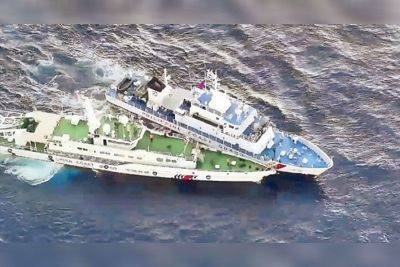‘China destroyed 21,000 acres of West Philippine Sea coral reefs’
MANILA, Philippines — The country faces a decline in fisheries production amid reports that China has destroyed at least 21,000 acres of coral reefs in the West Philippine Sea (WPS), an expert from the University of the Philippines-Marine Science Institute (UP-MSI) warned yesterday.
“The immediate effect of the destruction of coral reefs and the devastation of the habitats of fish is the decline in the production of our fish,” UP-MSI assistant professor Mike Atrigeneo said in a radio interview.
He explained that the worst case scenario could be the extinction of fish dependent on coral reefs.
“For lapu-lapu, maya-maya and other fish associated with live stones, these are the corals, they are facing extinction as they have no habitat. Many fish eat directly from the corals. If there are no longer corals, that’s the impact on fisheries, we have lower catch. That’s the economic implication,” Atrigeneo added.
He was reacting to the study conducted by the Center for Strategic and International Studies, which showed that China’s activities have caused massive damage to the marine environment in the WPS.
Another report – “Deep Blue Scars: Environmental Threats to the South China Sea” by Asia Maritime Transparency Initiative – has attributed the damage of coral reefs to Chinese activities such as dredging and landfills to build artificial islands, as well as clam harvesting.
According to Atrigeneo, the normal fish catch is pegged between 20 and 40 metric tons per square kilometer.
“You can only get 50 percent of the stocks, so around 20 metric tons per kilometer. You have to retain 50 percent so that the 50 percent will be able to replenish the stocks and there will be no overfishing,” he noted.
A vessel of the Bureau of Fisheries and Aquatic Resources (BFAR) would remain in the area of Panatag Shoal despite a claim by China that it intruded in what it called was their territory.
The “persistent presence” of the BFAR ship BRP Datu Sanday was “consistent with the national laws and the Philippines’ position on the West Philippine Sea,” declared Philippine Coast Guard Commodore Jay Tarriela, spokesman on WPS concerns.
The BFAR vessel would “ensure the safety of Filipino







